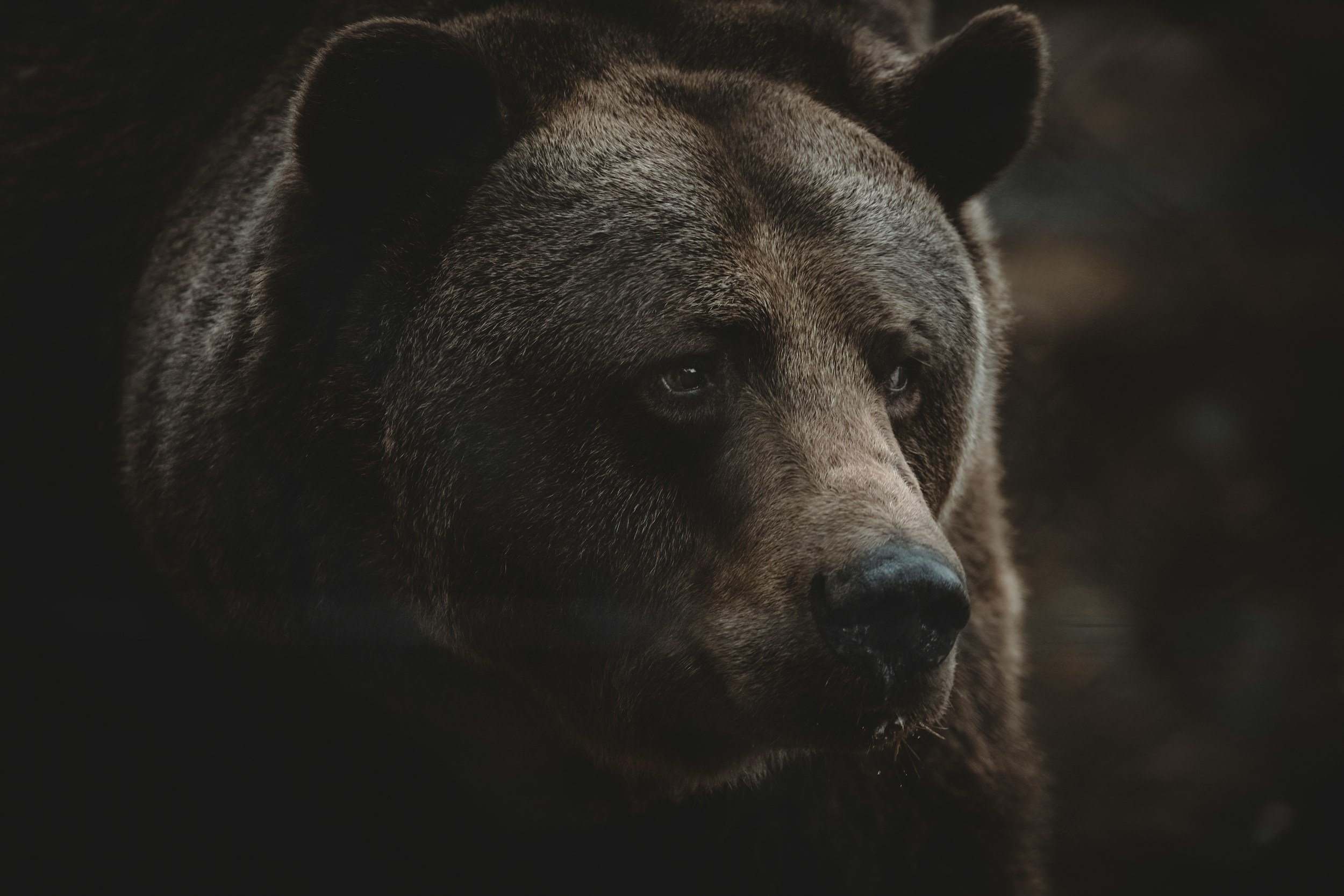
WHAT’S HAPPENING
On January 15, 2025, the U.S. Fish and Wildlife Service (USFWS) took a crucial step by rejecting petitions from Wyoming and Montana that sought to strip federal Endangered Species Act (ESA) protections from grizzly bears in the Northern Rockies. The agency rightly acknowledged that grizzlies are not yet recovered and that removing protections now would be premature.
But buried in this decision is a significant and dangerous shift in policy—one that could shrink the area where grizzlies are protected and loosen safeguards meant to ensure their recovery. And now, in a troubling move that further restricts public input, the Trump Administration has ordered the cancellation of four public listening sessions about this rule, cutting off opportunities for Americans to weigh in on the future of grizzly bear conservation. This signals a clear intent to silence opposition and push forward policies favoring state governments and industry interests that want to see more dead bears.
A Dangerous Step Backwards
The USFWS proposal would designate a single Distinct Population Segment (DPS) for grizzlies in Idaho, Montana, Washington, and Wyoming, consolidating recovery efforts under one framework. While the idea of unifying protections may sound like progress, the fine print tells a different story:
Grizzlies outside this designated area would lose ESA protections, regardless of habitat suitability or future expansion potential.
The proposed DPS omits prime grizzly bear habitat in places like the Uinta Mountains, Hells Canyon, and Oregon’s Blue Mountains.
It effectively creates two classes of bears—those in the official DPS, who receive some protections, and those outside, who are left to fend for themselves.
This fragmented approach ignores what science has long told us: grizzly bears are a wide-ranging species that need space to expand, migrate, and connect with other populations. At the very least, the USFWS should expand its proposed DPS boundary to include potential grizzly bear habitat instead of drawing arbitrary lines that leave key areas unprotected.
The 4D Rule: A License to Kill
Perhaps the most alarming aspect of this proposal is the loosening of protections for grizzlies through the revised 4(d) rule. Under this change, state agencies and livestock producers would be granted broad authority to kill grizzlies they deem a threat—even when non-lethal deterrents haven’t been exhausted. And with the Trump Administration’s recent move to cancel public listening sessions, there will be even fewer opportunities to challenge these dangerous provisions before they are finalized.
The rule could lead to:
Increased grizzly bear killings on public lands to appease livestock operators who already benefit from taxpayer-subsidized grazing fees.
Preemptive killings of grizzlies found “lingering” near human-occupied areas, even if they have caused no harm.
The potential for future grizzly bear hunting seasons, despite overwhelming public opposition to sport hunting of a federally protected species.
We cannot allow lethal control to become the default response to bear-human conflicts, especially when effective non-lethal solutions exist. Electric fencing, livestock guardian dogs, range riders, and habitat conservation programs have proven to reduce conflicts while allowing grizzlies to survive. The USFWS should be prioritizing coexistence strategies—not making it easier to kill grizzlies.
Grizzlies Face Growing Threats, Now is Not the Time to Weaken Protections
Grizzly bears continue to face significant challenges to their survival, from climate change and habitat loss to increasing human development and recreational pressures.
Climate change is altering food sources, yet the USFWS ignores new science that highlights these growing threats.
Development pressures, such as the expansion of single-family homes in rural areas, threaten grizzly habitat by increasing human-bear interactions. From 2000 to 2021, 56% of single-family homes in Montana were built outside of incorporated areas.
The spread of avian flu has already killed grizzlies, yet the agency has failed to analyze its long-term impact on bear populations.
Meanwhile, grizzly bear mortality rates remain dangerously high. In 2024, human-caused grizzly bear deaths in the Greater Yellowstone Ecosystem reached record levels, with livestock conflicts accounting for a mortality rate double the 10-year average. Instead of addressing the root causes of these conflicts, the proposed 4(d) rule doubles down on lethal methods that perpetuate conflict rather than resolving it.
And now, Congress is escalating the assault on grizzly recovery efforts. Multiple dangerous bills have been introduced to bypass science and force premature delisting of grizzlies:
Senators Cynthia Lummis (WY) and Harriet Hageman (WY) have introduced legislation mandating the removal of ESA protections for Greater Yellowstone grizzlies—regardless of whether recovery goals are truly met.
Other bills target grizzlies in the Northern Continental Divide Ecosystem, seeking to strip protections there too, setting the stage for state-sanctioned trophy hunts.
Proposed amendments to the Endangered Species Act itself would gut its foundational protections by prioritizing economic impacts over science and species survival, putting grizzlies—and hundreds of other species—at even greater risk.
These bills represent an unprecedented effort to politicize wildlife management and hand over grizzly bear fate to states that have already demonstrated an eagerness to allow hunting, trapping, and killing of bears under flimsy pretexts.
With the Trump Administration actively working to silence public input and Congress moving to gut the ESA, it is more critical than ever to raise our voices and fight for the future of grizzly bears. We must demand that USFWS strengthen protections, not weaken them—and that grizzly bear recovery remains grounded in science, not political interests.
TAKE ACTION NOW




